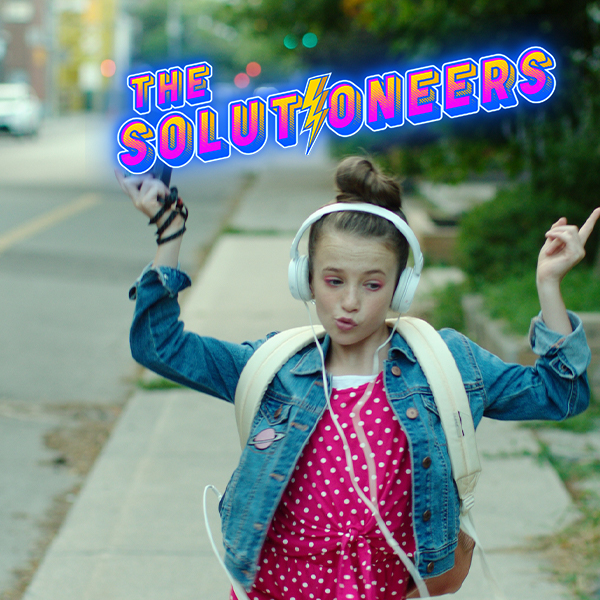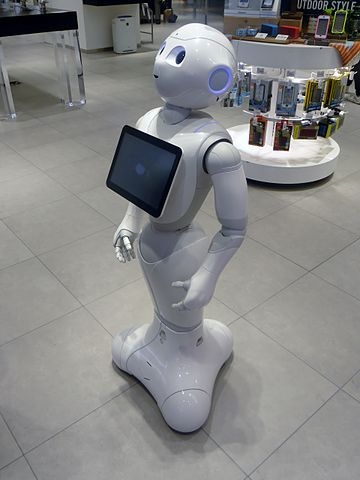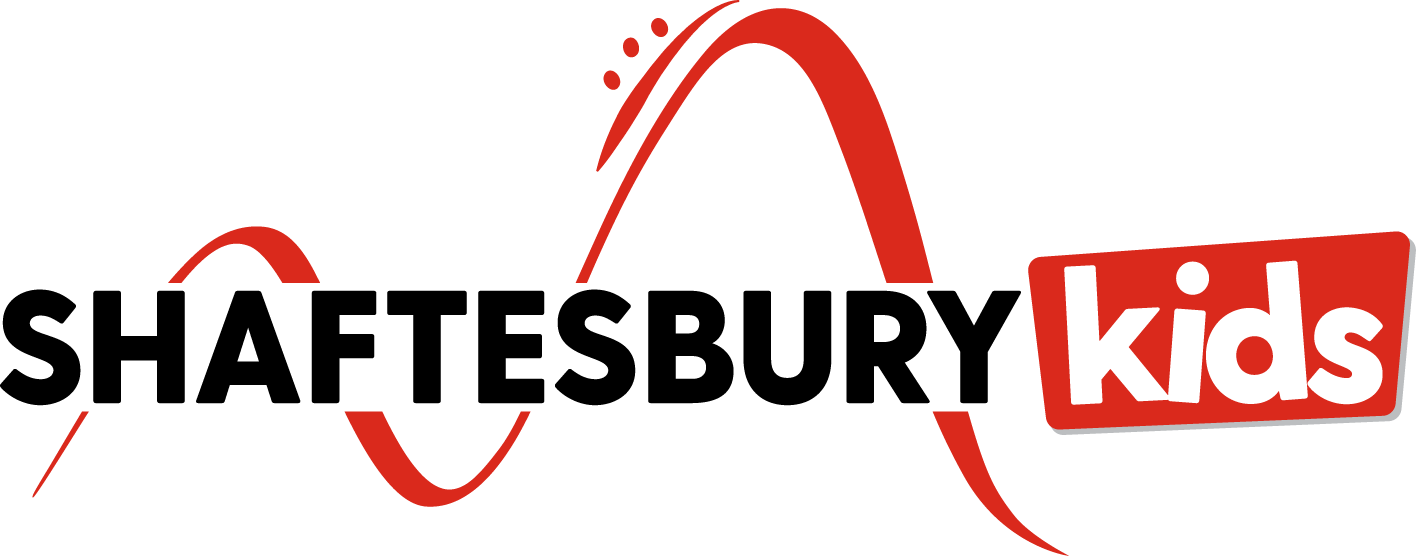The Solutioneers Week 4: Turn That Frown Into Code

Screen shot from Solutioneers episode 4

Screen shot from Solutioneers episode 4
How does this align with my curriculum?
This week's episodes and hands-on activity explore AI learning and facial recognition.
BACK TO THE SOLUTIONEERS HOME PAGE
On this episode of The Solutioneers, the team is incorporating AI facial recognition software into their robot. They set up a baseline and teach the computer the differences between a smile and a frown. Gwen volunteers to keep a straight face for a whole minute to calibrate the facial markers.
On Maker Space, the Makers walk through setting up and using Microsoft’s cognitive emotion tracking services, allowing their EZ-Robots to track emotions.
And on Future Minds, David Hewlett chats with Nethra Wick, who created an app to sense and prescribe Cognitive Behavioural therapy (CBT). The app takes bodily stimulus and prescribes therapy based on a program interpreting sensory input from a wearable device.
Now it's your turn!

You think you know your family and friends? Can you read their emotions? Could you create a way of recognizing the emotions of your family and friends that a computer could understand? Let’s try it out.
Download the activity as a [PDF]
WHAT DO YOU NEED?
- A device to take pictures (smartphone, digital camera)
- Drawing materials: pencils and unlined paper
WHAT DO YOU DO?
- Ask a family member or a friend if you can take pictures of them. You will need to do this with two or more people. If you cannot take pictures of people in person, try using images from a video call.
- Take five pictures of each person. Those five pictures need to show different emotional states - showing no emotion (neutral), happy (smiling), sad, surprised and angry. You now have “collected your data.”

Girl showing five different emotions - Your next task is to draw five faces. Each face will show one of the five emotional states. In order to draw the angry emotions correctly, you will first analyze the similarities between the angry faces of the different people you photographed. Look at the eyes, eyebrows, noses and mouths. You can also compare the angry pictures with the neutral pictures to help. Try to reproduce those features you found to be similar in your “angry face” drawing.

Hand drawn angry faces - Repeat this process for the four other emotional states.
- Once you have drawn your five faces, you can now test out your “emotion recognition” skills by asking people if they can identify the emotion shown in your different drawings.
WHAT’S THE POINT?
Reading human emotions is something artificial intelligence (AI) programmers are currently working on. Artificial intelligence programs need training to be able to build their emotion recognition skills. Computers are given thousands of pictures of different humans showing different emotions. But because you have real intelligence, you only needed three humans in this activity!
Did you know companion robots that can read human emotions are already being used in Japan? They are used in homes for the elderly. These robots help determine the mental health of the people living in the home. Emotion detection is also very useful in customer service robots. They are programmed to tell you a joke if it senses you are not in a good mood! How practical!

WHAT ELSE?
Go Further!
- Try hiding one part of the face on a drawing. See if your friends can still identify the emotion. What features of the face provide the best information (or data) to show an emotion?
- Can you think of other factors that could give robots a hint of how we’re feeling? (voice)
- Are you artsy? Now that you have figured out what features are important to show emotion, can you draw your own set of custom emojis?
Check out this career that involves machine learning and artificial intelligence.
- Melissa Valdez (Career profile)
Try This!
- The Seeing AI iOS app from Microsoft lets you use your camera or smartphone to describe things and people around you, even their emotions! It can also read and translate text in five languages. This is especially useful for people with visual disabilities.
Partner
With over 114 hours of award-winning kids & family programming, including Kids Emmy Award®-winning series Dark Oracle, and the long-running hit series Life with Derek - alongside family movies featuring some of Canada’s best and brightest stars including Tatiana Maslany, Ellen Page and Sandra Oh, Shaftesbury’s growing slate of kids and family co-viewing programming brings fresh content to a new generation of tween and young adult viewers across all platforms.
